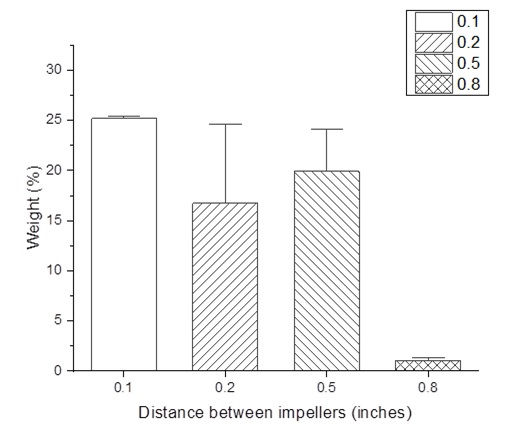(461c) Granulation of Reactive Pyrotechnic Composition for Temperature Mapping of Coal-Boilers
AIChE Annual Meeting
2022
2022 Annual Meeting
Particle Technology Forum
Particle Agglomeration and Granulation Processes
Wednesday, November 16, 2022 - 8:30am to 8:45am
Pyrotechnics are flexible materials that can be tailored to produce a distinct light emission which could therefore enable them to be used as optical sensors. The requisite thermal protection could be provided by coatings designed to shed after specific thermal history. The coated pyrotechnic materials would be fed with the pulverized coal and the light emission can be captured by a camera or spectroscopic techniques to provide the 3-D map of temperature. Given the yellow-orange-red background inside the coal-boiler, a green color would be distinguishable, and thus green light-emitting pyrotechnic compositions were developed. The composition consisted of a mixture of metallic fuel, oxidant, colorant, and binder. These components need to be homogenized into granules having similar particle size to the pulverized coal to enable similar fluidization behavior and for the application of the protective thermal coating layer.
The current work focuses on the agglomeration of optimized green light-emitting pyrotechnic composition in desired-sized granules between 500 and 850 µm (20 – 35 mesh) using a high-shear mixer. The process was optimized by varying different parameters such as inter-impeller distance, type of binder, speed of rotation, and liquid to solid ratio. The granulated material was characterized in size using an optical microscope and standard sieve meshes. It was observed that inter-impeller distance negatively influenced the yields (lower distance gave higher weight% yields) as seen from figure 1. This was because a narrow gap provided more chopping action and prevented large agglomerates from forming. When the distance was increased, larger granules were formed in between the two impellers thereby drastically reducing the yield. In terms of the type of binder, ethylcellulose-based binder provided high yields as compared to conventional pyrotechnic binders: shellac and red gum. This result might have been due to the difference in the viscosity of these binder solutions. Medium speed of rotation (500 rpm) provided adequate granule growth and provided the best yields whereas, a liquid to solid ratio of 0.25 ml/g provided high yields.
Figure 1: Effect of inter-impeller distance on the granulation yield
